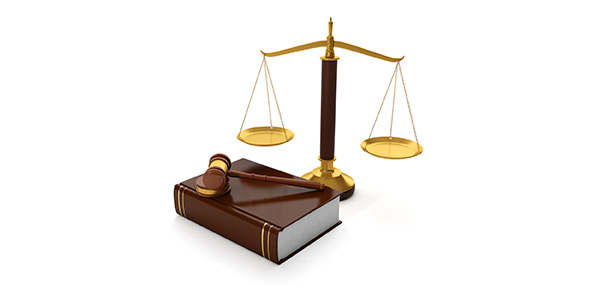Related Flashcards
Related Topics
Cards In This Set
| Front | Back |
|
The layout strategy that deals with low-volume, high-variety production is
a. fixed-position layout b. retail layout c. warehouse layout d. office layout e. none of the above |
E
|
|
A good layout requires determining
a. material handling requirements b. capacity and space requirements c. environment and aesthetics d. cost of moving between various work areas e. all of the above |
E
|
|
The fixed-position layout would be most appropriate in which of the following cases?
a. a fast food restaurant b. a doctor's office c. a gourmet restaurant d. constructing a Boeing 777 |
D
|
|
For which of the following operations would a fixed-position layout be most appropriate?
a. assembly of an automobile b. production of TV sets c. construction of a ship d. refining of crude oil e. discount store |
C
|
|
Because the fixed-position layout problem is so difficult to solve on-site, operations managers
a. virtually never employ this layout strategy b. utilize this approach only for construction projects such as bridges and office towers c. increase the size of the site d. often complete as much of the project as possible off-site |
D
|
|
One factor impacting the fixed-position layout strategy is
a. minimizing difficulties caused by material flow varying with each product b. requiring frequent contact close to one another c. balancing product flow from one work station to the next d. the movement of material to the limited storage areas around the site |
D
|
|
One of the major advantages of process-oriented layouts is
a. high equipment utilization b. large work-in-process inventories c. flexibility in equipment and labor assignment d. smooth and continuous flow of work |
C
|
|
The main issue in designing process-oriented layout concerns the relative positioning of _____ to minimize
cost of material handling. a. work stations b. departments c. raw materials d. entrances, loading docks, etc. |
B
|
|
A process layout would be most appropriate in which of the following cases?
a. constructing a Boeing 777 aircraft b. a fast-food restaurant c. an automobile factory d. a gourmet restaurant |
D
|
|
The major problem addressed by the process-oriented layout strategy is
a. the movement of material to the limited storage areas around the site b. requiring frequent contact close to one another c. the provision of low-cost storage with low-cost material handling d. minimizing difficulties caused by material flow varying with each product |
D
|
|
The most common tactic followed in process-layout planning is to arrange departments or work centers so
they a. minimize the cost of skilled labor b. maximize the machine utilization c. allocate the available space equally to all the departments d. minimize the costs of material handling |
D
|
|
A process-oriented layout is best suited for
a. the assembly of products like automobiles and appliances b. the mass production of uniform products c. high-volume, low-variety production d. low-volume, high-variety production |
D
|
|
Which of the following is true for process layouts, but false for product layouts?
a. low in-process inventories b. flexibility in equipment and labor assignments c. low variety of products d. high volume of output |
B
|
|
A big advantage of a process-oriented layout is
a. its flexibility for variety b. its low cost c. the simplified scheduling problem presented by this layout strategy d. the ability to employ low-skilled labor |
A
|
|
The typical goal used when developing a process-oriented layout strategy is to
a. minimize the distance between adjacent departments b. minimize the material handling costs c. maximize the number of different tasks which can be performed by an individual machine d. minimize the level of operator skill necessary |
B
|






